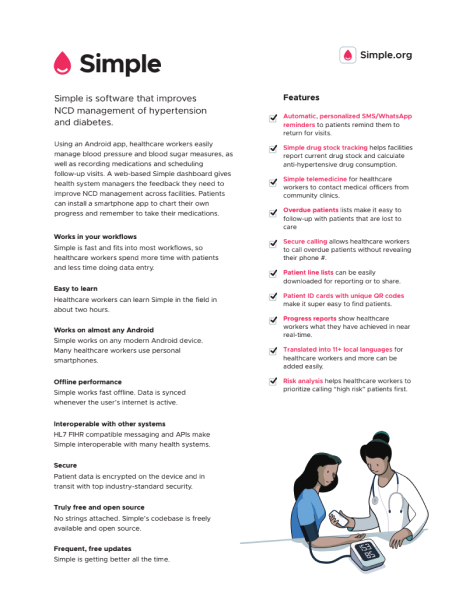 Information Sheet (PDF)
Information Sheet (PDF)
About the project
Simple is now used in hospitals of all sizes, from district hospitals to primary care facilities and community clinics. In many facilities, clinicians see more than 100 patients each day, so ease-of-use and high performance are key.
50,074,381 BPs recorded
since Simple was started
13 sec follow-up
median time to record a follow-up visit
83 sec registration
median time to register a new patient in Simple
* Data updated 7-Nov-2025
Simple had strong uptake in public health facilities in India, Bangladesh, Ethiopia, and Sri Lanka. Healthcare workers appreciate that Simple is easy to learn, simple to use, and takes up very little data. In recent surveys, clinicians gave Simple a 4.6/5 star rating.
Read more about what we are doing differently and what we have learned developing Simple.
Where did this project start?
Simple is supported by Resolve to Save Lives, a not-for-profit organization partnering with countries, communities and organizations to prevent 100 million deaths from cardiovascular disease and make the world safer from epidemics. A key goal is to dramatically increase the number of people with hypertension who have their blood pressure measured and controlled. Simple, contextual digital platforms for managing hypertension are essential to enable actionable reporting and improve patient management.
What are our principles?
Simple is registered as "Digital Public Good" by the Digital Public Goods Alliance. We have published a set of Digital Principles and we endorse the Principles for Digital Development. Our team embodies these concepts in our work culture and in the policies and processes guiding our development activities.
Is Simple really free?
- Truly free to use
- Use the code in any way
- Free forever
This project is supported by Resolve to Save Lives, which enables us to provide Simple completely free of cost with no strings attached. This project will always be open source — free and open to contributions from everyone.
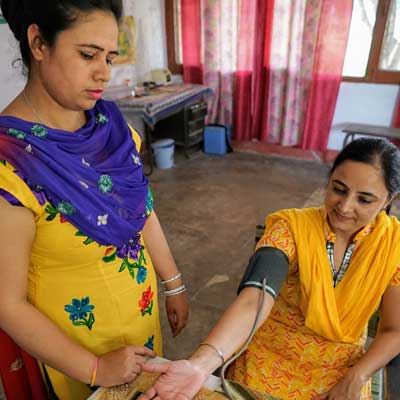
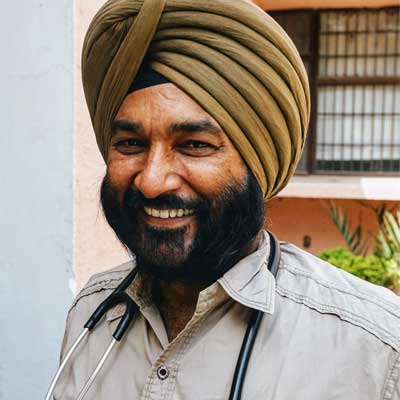
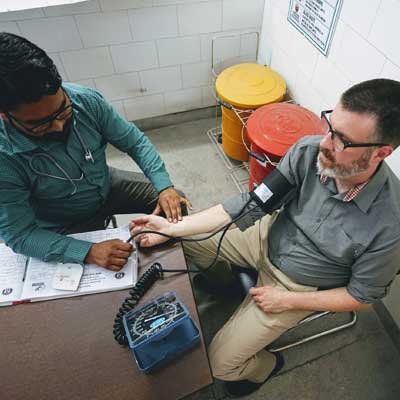
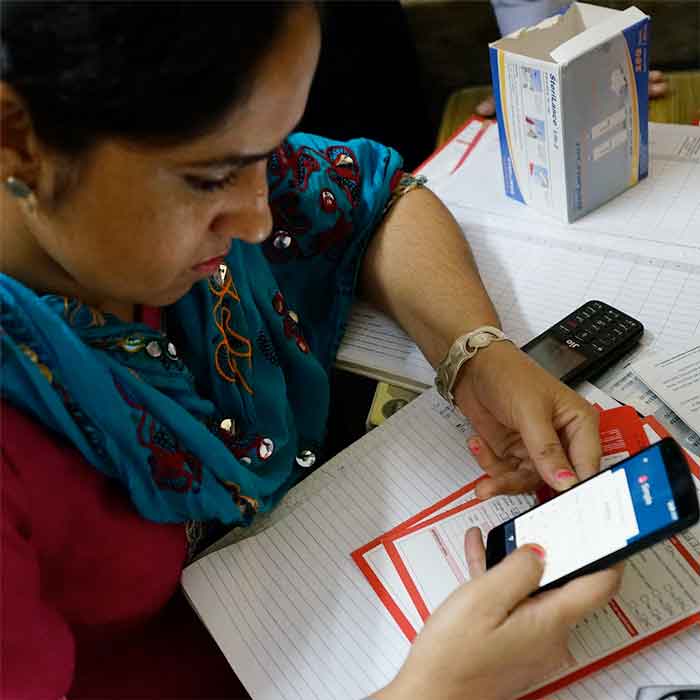
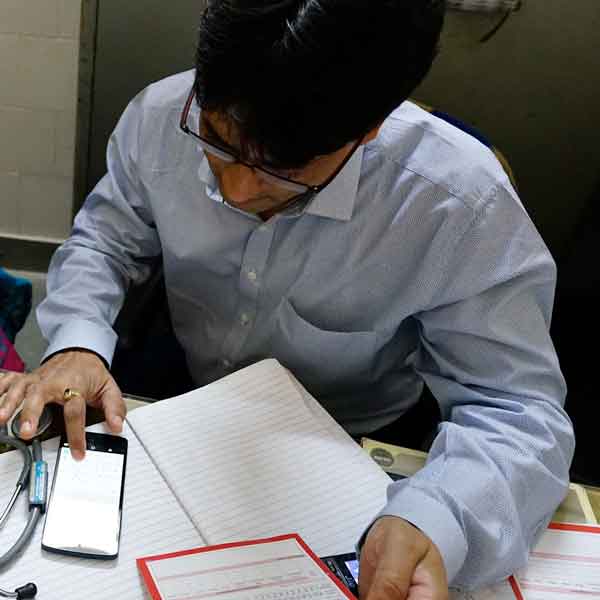
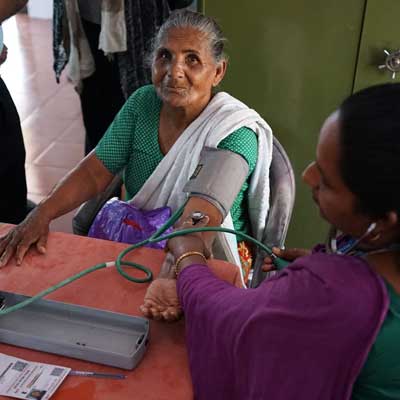

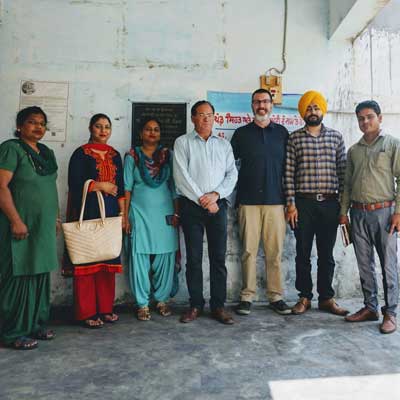
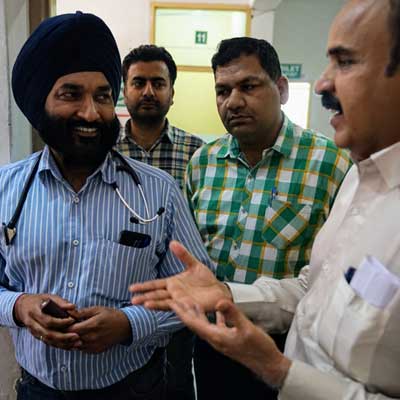
Who contributes to this project?
This is an open source project with contributions from clinicians, designers, developers, and technologists. Some of the early contributors include:
-
Dr. Mohammad Abdullah Al Mamun
 Public health, Bangladesh
Public health, Bangladesh -
Sanchita Agarwal
 Development, India
Development, India -
Siddharth Agarwal
 Development, India
Development, India -
Natnael Assegid
 User testing, Ethiopia
User testing, Ethiopia -
Aarti Bhatnagar
 User testing, India
User testing, India -
Dr. Vishwajit Bhardawaj
 Cardiovascular health officer, India
Cardiovascular health officer, India -
Dr. Mahfuzur Rahman Bhuiyan
 Public health, Bangladesh
Public health, Bangladesh -
Daniel Burka
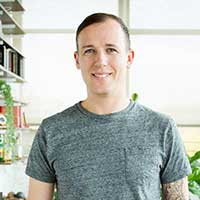 Product and design, Canada
Product and design, Canada -
Jamie Carter
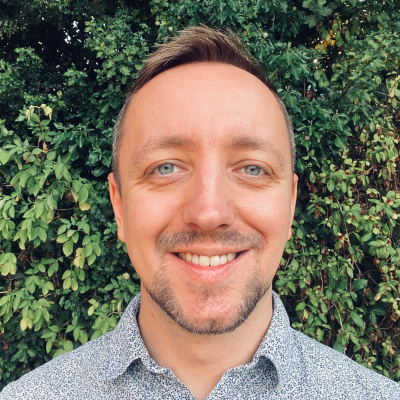 Design, UK
Design, UK -
Mahima Chandak
 Design, India
Design, India -
Dr. Tejpalsinh Anandrao Chavan
 Cardiovascular health officer, India
Cardiovascular health officer, India -
Tim Cheadle
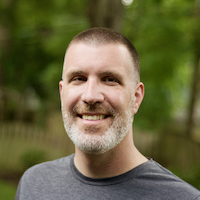 Development, USA
Development, USA -
Vikram Chintalapati
 Development, India
Development, India -
Prof. Sohel Reza Choudhury
 Public health, Bangladesh
Public health, Bangladesh -
Dr. Terry Cullen
 Informatics, USA
Informatics, USA -
Dr. Bidisha Das
 Cardiovascular health officer, India
Cardiovascular health officer, India -
Arnaud Demarcq
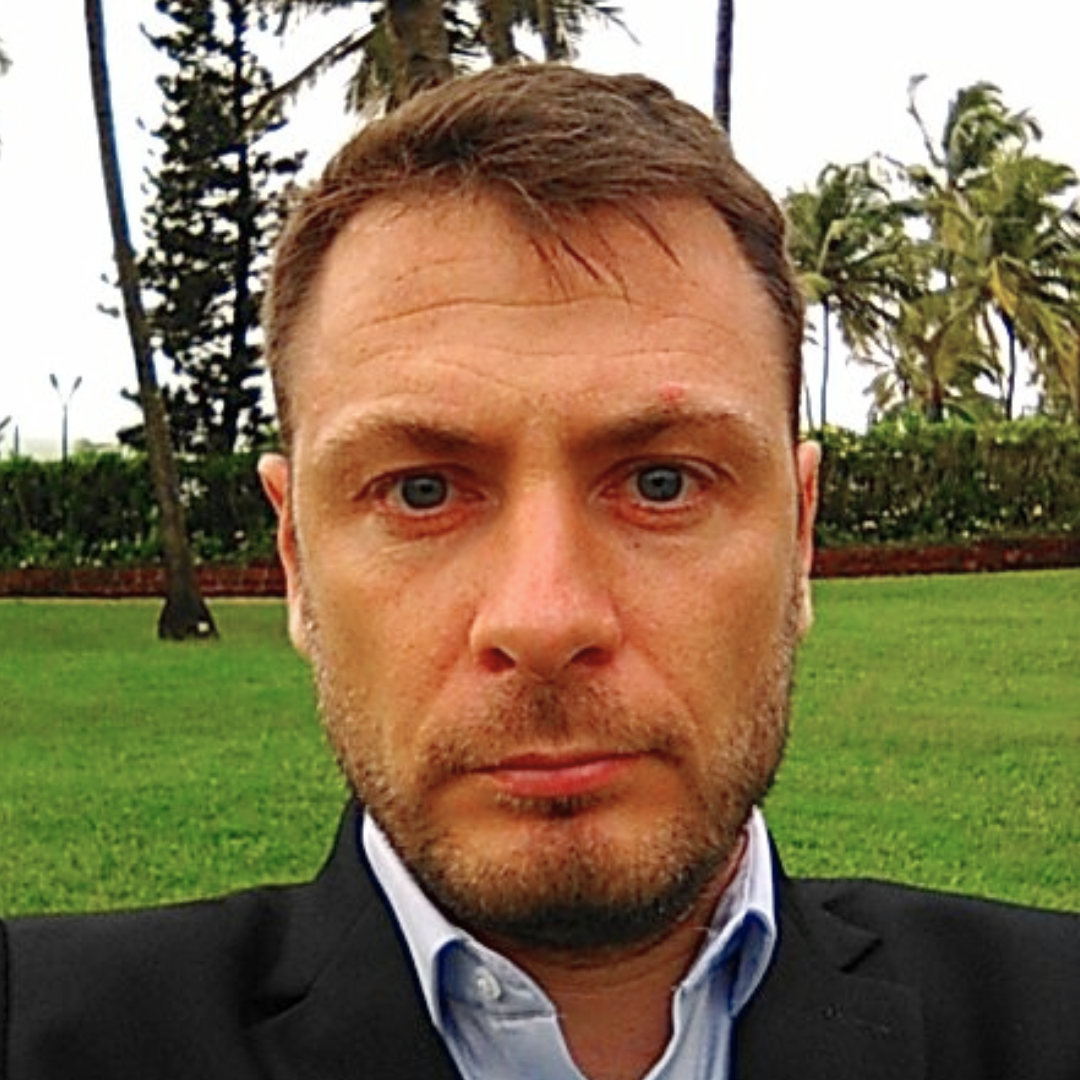 Development, France
Development, France -
Prajakta Digamber
 Illustrator, India
Illustrator, India -
Chris Doyle
 Development, USA
Development, USA -
Dr. Kiran Durgad
 Public health, India
Public health, India -
Meg Farrell
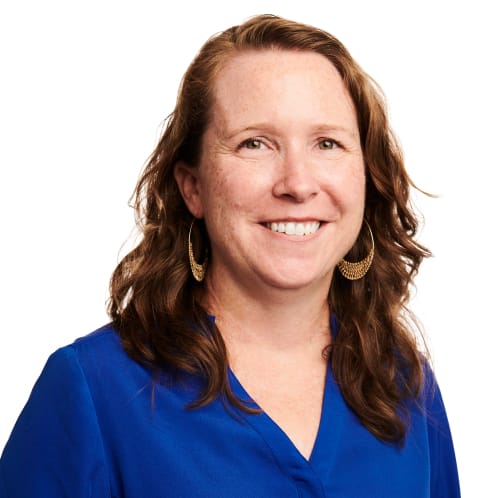 Public health, USA
Public health, USA -
Dr. Tom Frieden
 Public health, USA
Public health, USA -
Akshay Gupta
 Development, India
Development, India -
Prabhanshu Gupta
 Development, India
Development, India -
Dr. Reena Gupta
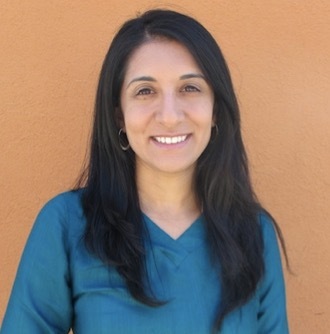 Clinician, USA
Clinician, USA -
Vikalp Gupta
 Design, India
Design, India -
Sowmyaa Guptaa
 Development, India
Development, India -
Akshatha H
 Development, India
Development, India -
Paul Hadfield
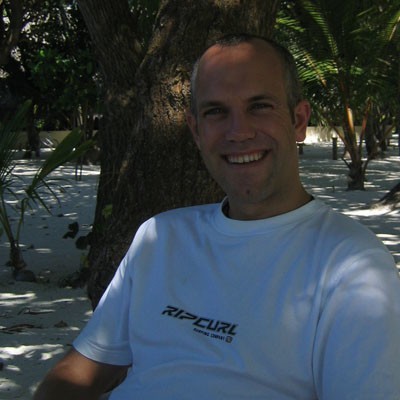 Development, UK
Development, UK -
Rakshak Hegde
 Development, India
Development, India -
Kevin Henriquez
 Translation, Chile
Translation, Chile -
Dr. Marc Jaffe
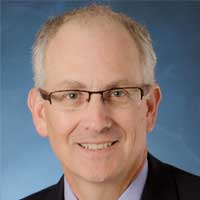 Clinician, USA
Clinician, USA -
Tanushree Jindal
 User testing, India
User testing, India -
Timmy Jose
 Development, India
Development, India -
Govind Joshi
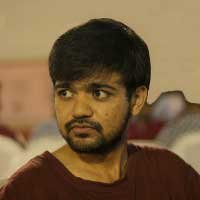 Development, India
Development, India -
Tony Joy
 Design, India
Design, India -
Dr. Shamim Jubayer
 Public health, Bangladesh
Public health, Bangladesh -
Chetan Kaanadka
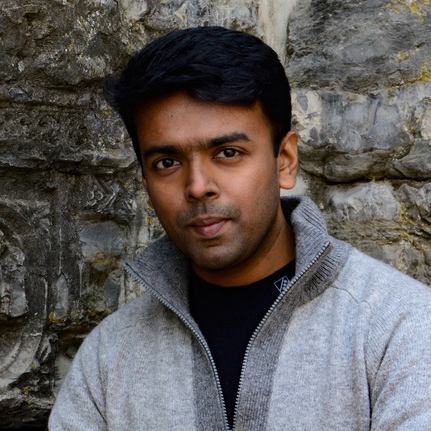 User testing, India
User testing, India -
Pratul Kalia
 Development, India
Development, India -
Dr. Prabhdeep Kaur
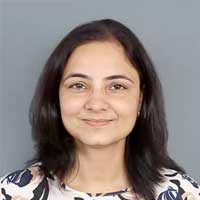 Public health, India
Public health, India -
James Kennedy
 Development, UK
Development, UK -
Dr. Suhas Khedkar
 Cardiovascular health officer, India
Cardiovascular health officer, India -
Dr. Ashish Krishna
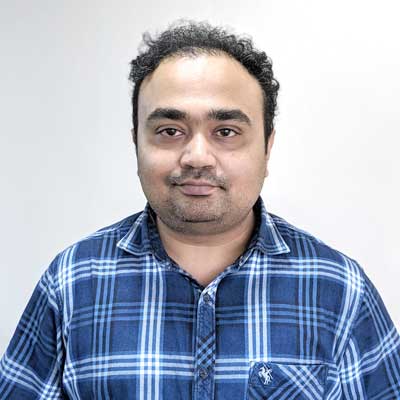 Public health, India
Public health, India -
Priyanga Kini
 Development, India
Development, India -
Nick Kuh
 Development, UK
Development, UK -
Apoorva Kulkarni
 Design, USA
Design, USA -
Praveen Kumar
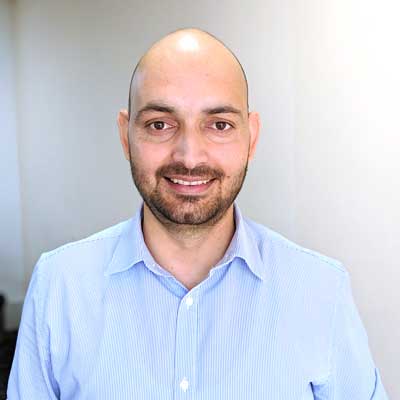 Deployment, India
Deployment, India -
Dr. Sunil Kumar
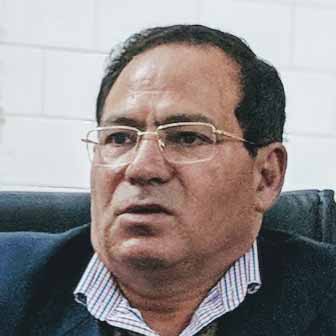 Cardiovascular health officer, India
Cardiovascular health officer, India -
Dr. Vijay Kumar
 Cardiovascular health officer, India
Cardiovascular health officer, India -
Dr. Abhishek Kunwar
 Public health, India
Public health, India -
Jayapriya M
 Operations, India
Operations, India -
Pragati Mehrotra
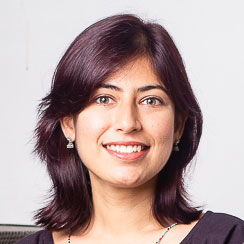 Design, India
Design, India -
Nelly Mercado
 Translation, Mexico
Translation, Mexico -
Sasikanth Miriyampalli
 Development, India
Development, India -
Hari Mohanraj
 Development, India
Development, India -
Muhtamim Fuwad Nahid
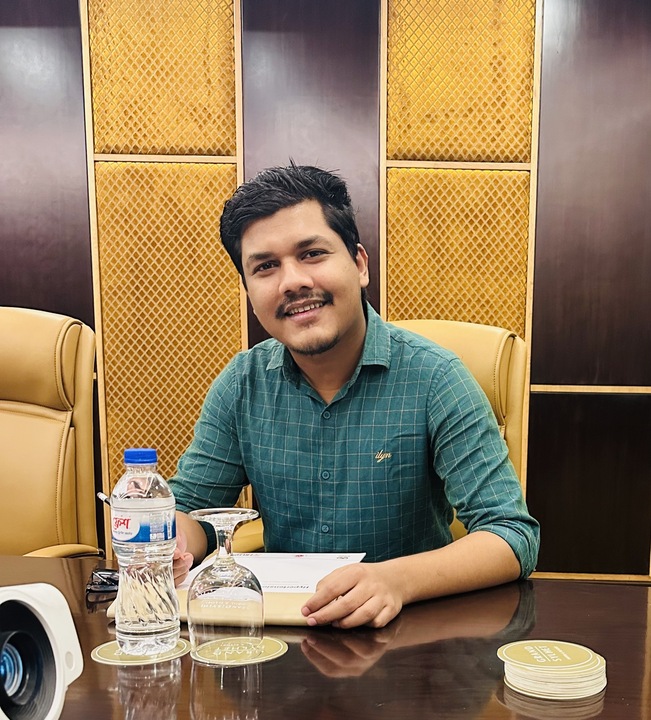 Development, Bangladesh
Development, Bangladesh -
Vineet Nair
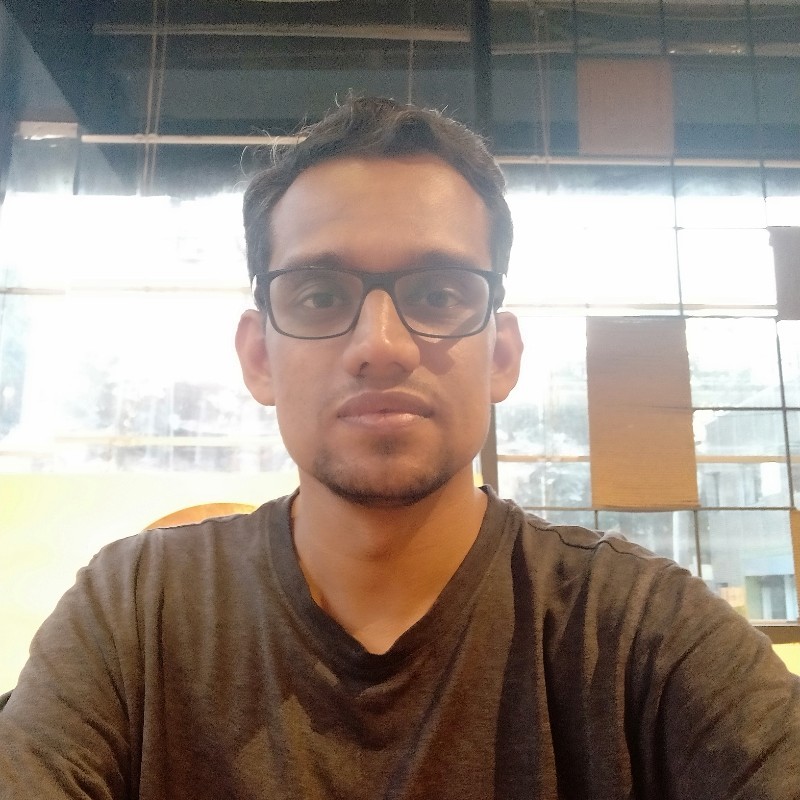 Operations, India
Operations, India -
Saket Narayan
 Development, India
Development, India -
Sagri Negi
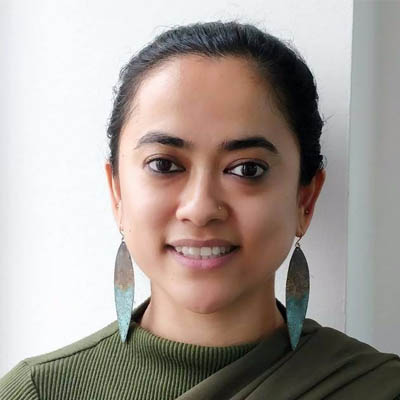 Public health, India
Public health, India -
Bolatito Ogbeide
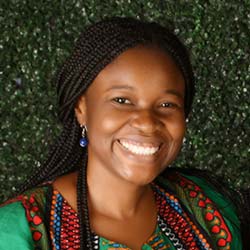 Project management, Nigeria
Project management, Nigeria -
Praise Onyehanere
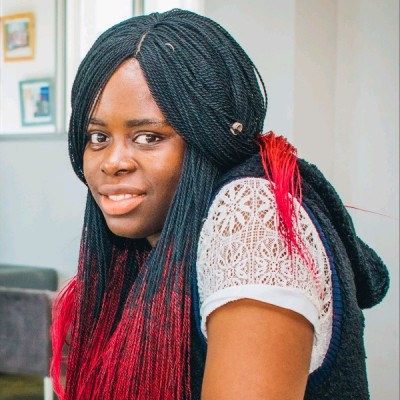 User testing, Nigeria
User testing, Nigeria -
Dr. Ganeshkumar Parasuraman
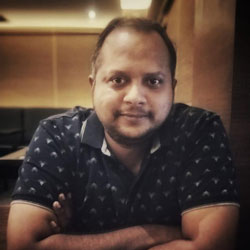 Public health, India
Public health, India -
Dr. Anupam Khungar Pathni
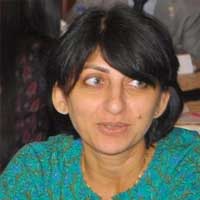 Public health, India
Public health, India -
Roy Peter
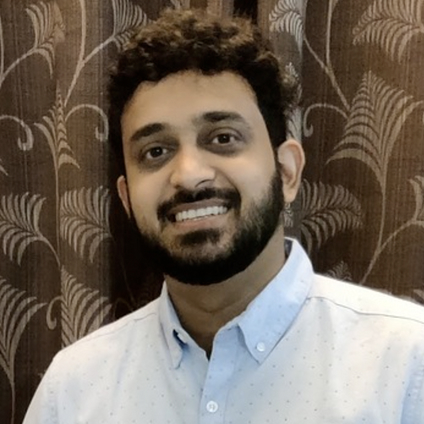 Development, India
Development, India -
Kris Pethtel
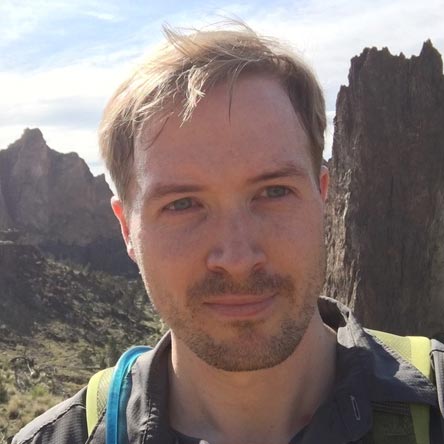 Development, USA
Development, USA -
Divyansh Prakash
 Development, India
Development, India -
Varenya Raj
 Design, India
Design, India -
Varshana Rajasekaran
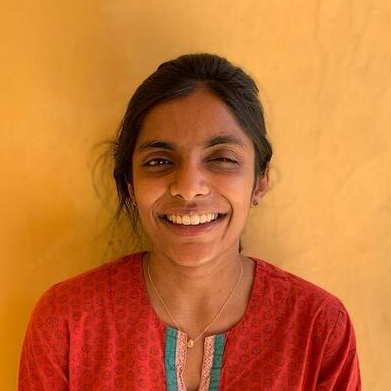 Product, UK
Product, UK -
Atharva Raykar
 Development, India
Development, India -
Sam Richards
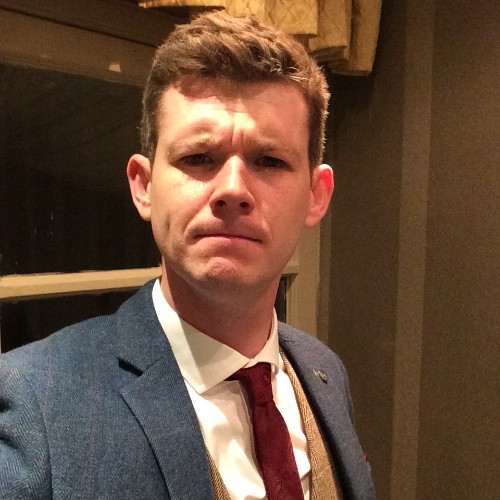 Development, UK
Development, UK -
Samuel Rivero
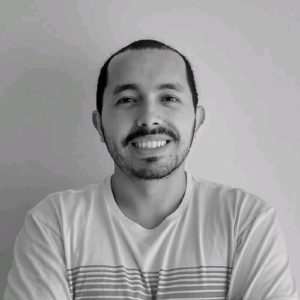 Translation, Colombia
Translation, Colombia -
Dany Sam Salmon
 Development, India
Development, India -
Rob Sanheim
 Development, USA
Development, USA -
Dhruv Saxena
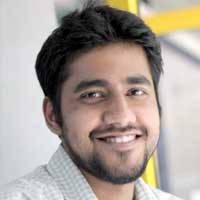 Design, India
Design, India -
Abinet Seife
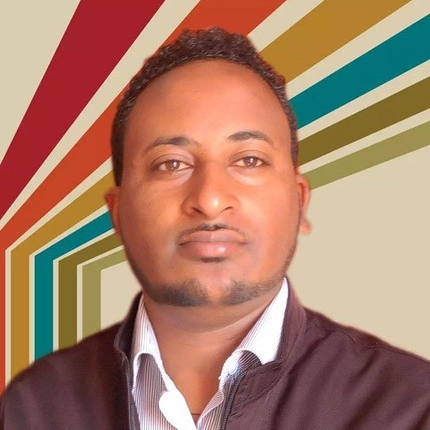 Development, Ethiopia
Development, Ethiopia -
Akshat Shah
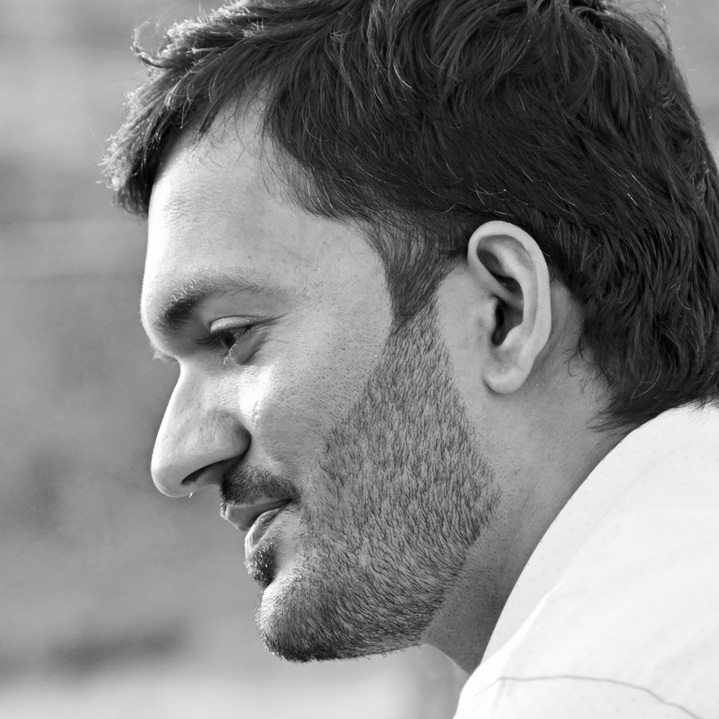 Development, India
Development, India -
Vinay Shenoy
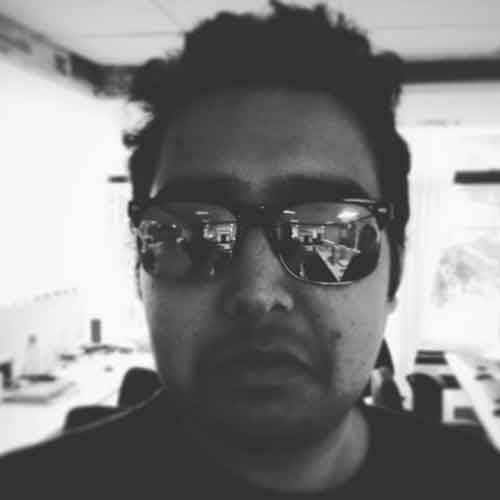 Development, India
Development, India -
Dr. Roopa Shivashankar
 Public health, India
Public health, India -
Manuel Silva Gallego
 Development, Belgium
Development, Belgium -
Janhavi Singh
 Development, India
Development, India -
Honey Sonwani
 Development, India
Development, India -
Srihari Sriraman
 Development, India
Development, India -
Misu Tasnim
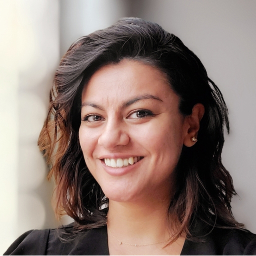 Development, USA
Development, USA -
Claudio Vallejo
 Design, Mexico
Design, Mexico -
Deepa Venkatraman
 Project management, India
Project management, India -
Akshay Verma
 Design, India
Design, India -
Jon Williams
 Development, USA
Development, USA